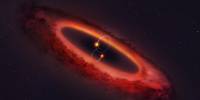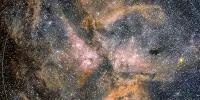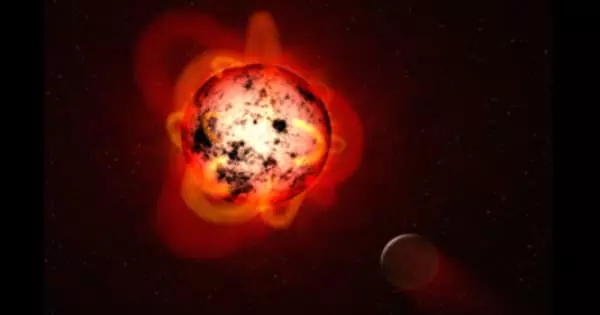Your most valuable jewelry may have been fashioned in a dramatic cosmic collision between two neutron stars millions or billions of light years away. New research seeks to better understand this process.
Numerous of the universe’s heaviest metals, such as gold, platinum, and uranium neutron star mergers, can only be produced at one proven location that can produce conditions harsh enough to start the process. The enormous densities and temperatures required to power the quick neutron capture process can only be produced by this merging, which has been witnessed to far.
Neutron star collisions are astrophysical events of great significance in the field of astronomy and astrophysics. These events occur when two neutron stars, which are the incredibly dense remnants of massive stars that have undergone supernova explosions, come into close proximity and eventually merge together.
In a new paper in The European Physical Journal D, Andrey Bondarev, a postdoc researcher at Helmholtz Institute Jena, James Gillanders a postdoc researcher in Rome, and their colleagues examine the spectra from the kilonova AT2017gfo to investigate the presence of forged tin, by looking for spectral features caused by its forbidden transitions.
“We have demonstrated that accurate atomic data, especially for forbidden magnetic dipole and electric quadrupole transitions, which are unknown for many elements, are important for kilonova analysis,” Bondarev says. “By calculating a large number of energy levels and rates of multipole transitions between them in singly ionized tin, using the method that combines linearized coupled-cluster and configuration interaction approaches, we generated an atomic data set that can be used for future astrophysical analysis.”
We hope our work can contribute in some way to the advancement of our understanding of the process that produces the heaviest elements in the universe. We are eager for the discovery of new kilonovae and associated new sets of observations, which will allow us to develop our understanding of these events.
James Gillanders
According to the team’s findings, a conspicuous and discernible feature in kilonova emission spectra results from a magnetic dipole transition between the levels of the ground-state doublet of singly ionized tin.
“Although this does not match any prominent features in the AT2017gfo spectra, it can nevertheless be used as a probe for future kilonova events,” Gillanders explains. “The more elements that can be positively identified, the closer we get to understanding these incredible cosmic explosions.”
The researchers note that kilonova occurrences are a relatively new phenomena; the first spectroscopic observations were only made in 2017. This study’s improved atomic data will be crucial in improving our knowledge of the violent collisions linked to neutron star mergers.
“We hope our work can contribute in some way to the advancement of our understanding of the process that produces the heaviest elements in the universe,” Gillanders concludes. “We are eager for the discovery of new kilonovae and associated new sets of observations, which will allow us to develop our understanding of these events.”
















